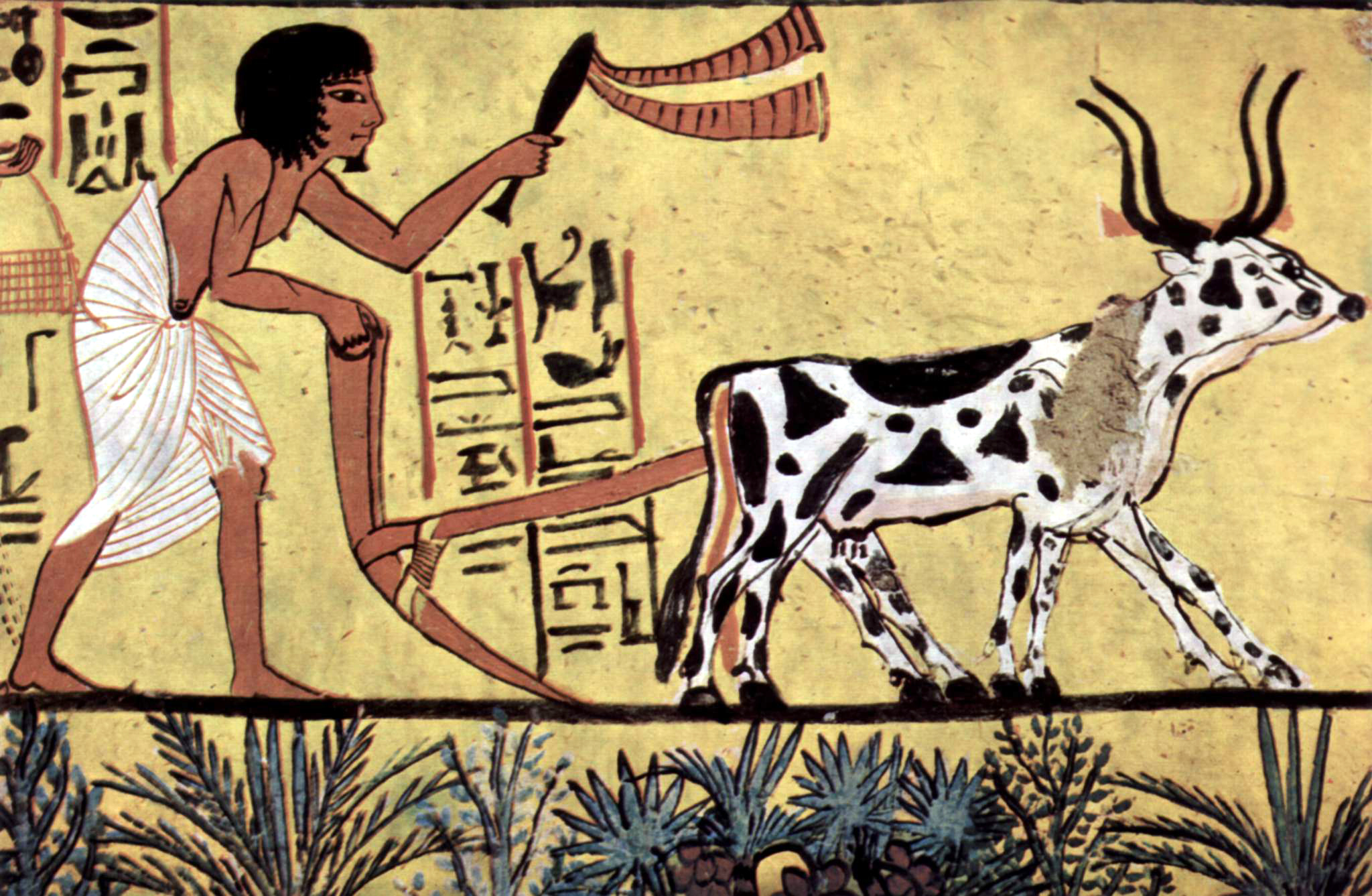The First Agricultural Revolution, often referred to as the Neolithic Revolution, stands as a pivotal moment in human history that transformed societies from nomadic hunter-gatherer lifestyles to settled agricultural communities. In this article, we explore the key characteristics, significance, and lasting impacts of the First Agricultural Revolution as defined in the context of AP Human Geography.
Defining the First Agricultural Revolution:
The First Agricultural Revolution marks the transition from a primarily hunting, fishing, and gathering way of life to one centered around agriculture and domestication of plants and animals. This transformative period took place around 10,000 to 12,000 years ago, varying across different regions of the world. It brought about profound changes in human society, leading to the development of agriculture, sedentary lifestyles, and the establishment of permanent settlements.
Key Characteristics:
- Domestication of Plants and Animals: One of the defining features of the First Agricultural Revolution was the deliberate cultivation and selective breeding of plants and animals. This enabled humans to control their food sources, ensuring a stable supply of resources.
- Shift to Sedentary Living: As humans began to practice agriculture, they transitioned from a nomadic lifestyle to settling in one place. This allowed for the establishment of permanent settlements and the growth of early civilizations.
- Surplus Food Production: Agriculture provided the means to produce surplus food beyond immediate consumption. This surplus facilitated population growth and supported the emergence of specialized labor roles.
- Development of Agricultural Techniques: The First Agricultural Revolution saw the invention of basic agricultural techniques such as plowing, irrigation, and seed selection. These innovations improved crop yields and allowed for more efficient resource management.
- Social Changes: The shift to agriculture brought about changes in social structures. Hierarchies developed as societies grew more complex, leading to the emergence of social classes and divisions of labor.
Significance and Impacts:
- Population Growth: With a stable food supply, human populations could grow larger and more concentrated in specific areas. This laid the foundation for the growth of cities and civilizations.
- Urbanization: The development of agriculture enabled the rise of urban centers as surplus food production supported non-agricultural occupations, such as artisans, traders, and rulers.
- Cultural Evolution: The First Agricultural Revolution led to the accumulation of surplus wealth, which in turn facilitated the development of art, architecture, and religious practices.
- Environmental Impact: As humans cleared land for farming and domesticated animals, the landscape was altered, contributing to ecological changes and the development of anthropogenic landscapes.
- Economic Specialization: With surplus food production, individuals could engage in specialized occupations, giving rise to economic diversification and trade.
The First Agricultural Revolution was a defining turning point in human history, marking the shift from a nomadic, hunter-gatherer lifestyle to settled agricultural communities. This revolution set the stage for significant social, economic, and cultural developments that laid the groundwork for the subsequent advancement of human civilizations. By understanding the fundamental changes brought about by the First Agricultural Revolution, we gain valuable insights into the origins of modern societies and the complex interplay between humans and their environment.
